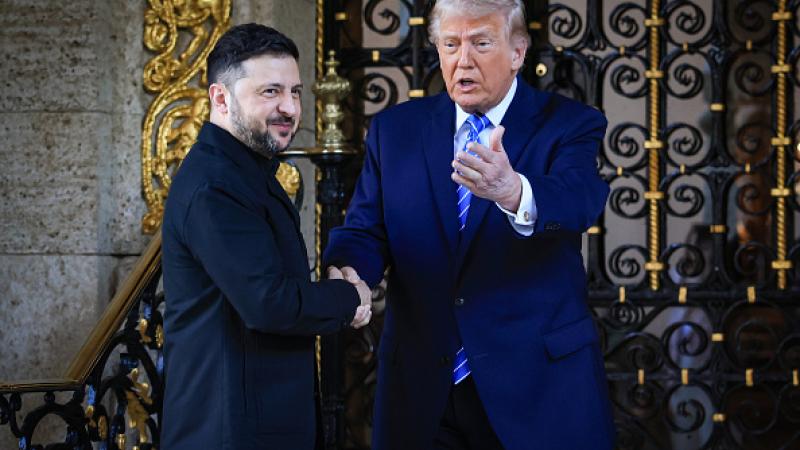Is emerging China-Vatican relationship an unholy alliance?
Half a world from each other, Rome and Beijing make an unlikely pair.
At its own glacial pace, the world’s smallest nation-state -- the Vatican -- may be opening a new front in the West’s engagement with China.
Half a world from each other, the two make an unlikely pair. The Vatican is the seat of the Catholic Church; China is an atheist state.
Vatican City is also miniscule: measuring just 0.16 square miles, it’s less than a third the size of the Forbidden City complex in the Chinese capital. The Vatican’s population of 764 people wouldn’t even half-fill a single subway train in Beijing.
Yet it appears to be a priority for both sides to establish diplomatic relations for the first time.
As it stands, the Vatican is one of just 13 countries that still recognizes Taiwan as the “real” China. But a change on that front may be in the works -- even if it isn’t quite imminent.
“While some countries think in terms of months or years, and China thinks in terms of decades, the Vatican thinks in terms of centuries,” John Allen, an author and editor of the Catholic news site Crux, told Just the News.
Vatican officials are generally unwilling to comment on the record about the internal affairs and goals of the Holy See. But the consensus is that Pope Francis believes creating stronger ties with China will be part of his legacy.
Relations with China would help expand the Vatican’s geopolitical reach and protect the rights of the country’s growing Catholic population.
“Just as it is said that ‘Only Nixon could go to China’ it may one day be said only Francis could have created the foundation for an official relationship between the Holy See and Beijing,” one Vatican official said, asking not to be further identified.
President Richard Nixon’s visit to Beijing in 1972 preceded the U.S.’s diplomatic recognition of China by around seven years.
Analysts say China’s motivation starts with its eagerness to be seen as a responsible global player. The list of countries that do not have diplomatic relations with the Vatican is small and dominated by pariahs like Afghanistan, Bhutan, North Korea and Saudi Arabia.
It could also help deflect criticisms of religious intolerance tied to the country’s crackdown of its Uyghur Muslim minority. Additionally, as China seeks to increase its “soft power” in Africa, home to around 250 million Catholics, winning the hearts and minds of the locals may be easier if the country isn’t seen as repressing its Catholic minority.
The ball is moving forward between the Holy See and China in several ways.
For example, the Vatican is moving closer to mutual recognition with Vietnam, another communist and official atheist state. That process, which is moving quickly by Vatican standards, is seen by insiders as a blueprint for stronger Vatican-China ties.
A month ago, the pontiff traveled to Mongolia, a country on China’s northern border with one of the smallest populations of Catholics in the world, an estimated 1,500 compared to around 11 million in China. While in Ulaanbaatar, Francis passed on every chance to criticize China’s record on human rights, religious tolerance or other issues.
That is in line with the pope’s remarks about China from home, but as a Vatican source told Just the News, “it’s one thing to say those things from Rome and another to say them from a country on China’s border.”
But the Vatican’s turning a blind eye to Chinese abuses also brings up one of the biggest historical stains on the Vatican’s substantially stained record over the last century: the case of Pope Pius XII.
As pontiff between 1939 and 1958, recent scholarship has shown Pius was aware of the Holocaust and other German atrocities during World War II and yet he did little to stop them. His priority, it appears, was to protect the church in a Europe he feared was becoming dominated by fascism -- a strategy that has not aged well.
















